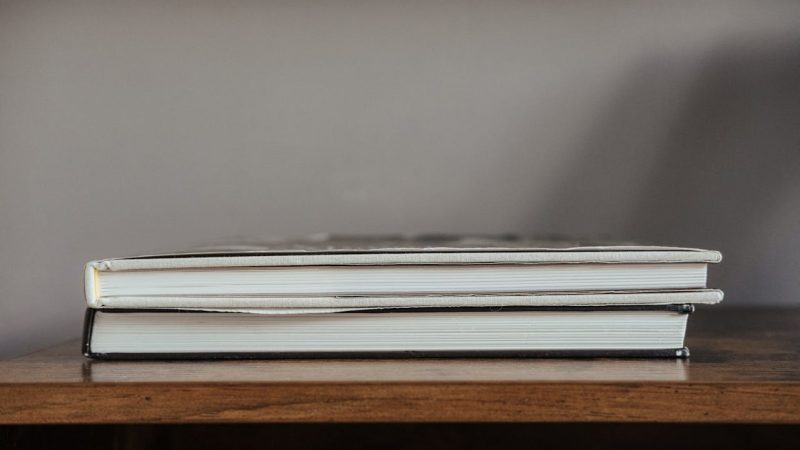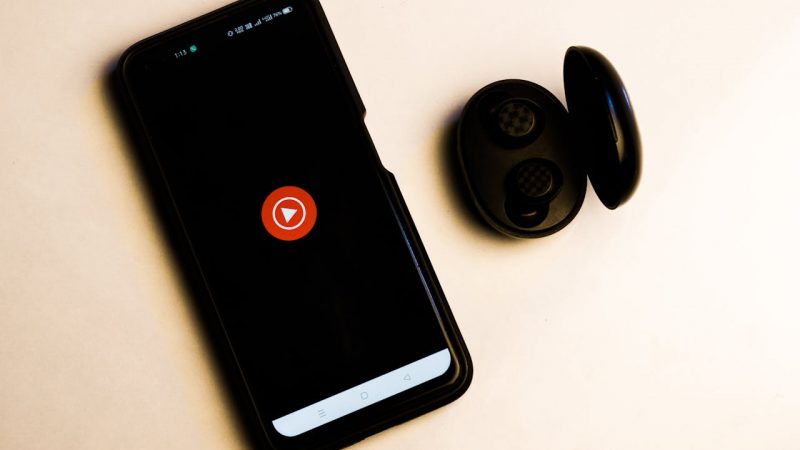How to cite an E-Book: A Comprehensive Guide for Academics

In the digital age, e-books have become an integral part of academic research and writing. Properly citing e-books is essential for maintaining academic integrity and acknowledging the contributions of others to your work. In this guide, we’ll explore the nuances of citing e-books in various citation styles, including MLA, APA, Chicago, and IEEE.
Understanding E-Book Citations
E-books, or electronic books, are digital versions of printed books that are accessed and read on electronic devices such as computers, tablets, or e-readers. Citing e-books requires attention to specific details such as the author’s name, title, publication date, publisher, and digital location.
Elements of an E-Book Citation
Let’s examine the essential components required in an e-book citation:
- Author(s) Last Name, First Name. Title of Book. Publisher, Publication Year. Database Name, URL.
Examples:
MLA:
Smith, John. The Art of Writing. Penguin Books, 2019. ProQuest Ebook Central, https://ebookcentral.proquest.com/lib/example/detail.action?docID=123456.
APA:
Smith, J. (2019). The art of writing. Penguin Books. https://ebookcentral.proquest.com/lib/example/detail.action?docID=123456.
Chicago:
Smith, John. The Art of Writing. Penguin Books, 2019. ProQuest Ebook Central, https://ebookcentral.proquest.com/lib/example/detail.action?docID=123456.
IEEE:
[1] J. Smith, The Art of Writing. Penguin Books, 2019. Available: https://ebookcentral.proquest.com/lib/example/detail.action?docID=123456.
Finding E-Book Information
To locate the necessary information for citing e-books, consider accessing reputable online databases, e-book platforms, or institutional repositories. These sources typically provide publication details such as ISBNs and DOI numbers, which are crucial for accurate citations.
Citation Styles for E-Books:
Each citation style has specific guidelines for citing e-books. Here’s how to format e-book citations in MLA, APA, Chicago, and IEEE styles:
MLA:
Author(s) Last Name, First Name. Title of Book. Publisher, Publication Year. Database Name, URL.
APA:
Author(s) Last Name, First Initial. (Publication Year). Title of Book. Publisher. DOI or URL.
Chicago:
Author(s) Last Name, First Name. Title of Book. Publisher, Publication Year. Database Name, URL.
IEEE:
[1] Author(s) Initial(s). Last Name, Title of Book. Publisher, Publication Year. Available: URL.
Citing E-Book Chapters
When citing individual chapters or sections within an e-book, it’s important to attribute specific content to its original source. Here’s an example:
Author(s) Last Name, First Name. “Title of Chapter.” Title of Book, edited by Editor(s) First Name Last Name, Publisher, Publication Year, Page Range. Database Name, URL.
Best Practices for E-Book Citations:
To ensure accuracy and consistency in e-book citations, consider the following best practices:
- Double-check publication details and formatting guidelines.
- Utilize citation management software for efficient citation management.
- Refer to style guides and online resources for guidance on specific citation styles.
Conclusion
Accurately citing your sources (journal article, book, e-book, audiobook, website,…) is essential for academic integrity and acknowledging the contributions of others to your research. By following the guidelines provided in this comprehensive guide, you can master the art of e-book citations and enhance the credibility of your scholarly work.
Additional Resources
For further reading on e-book citation guidelines and citation management tools, we recommend the following resources:
- MLA Handbook for Writers of Research Papers
- Publication Manual of the American Psychological Association
- The Chicago Manual of Style
- IEEE Citation Reference





